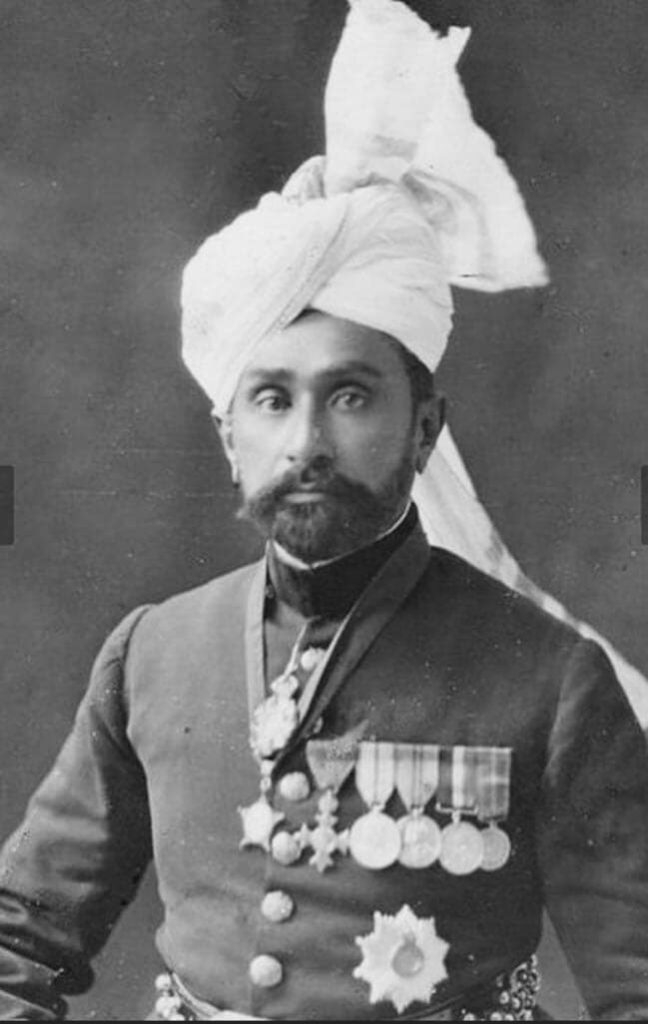Explore Khafi Khan's 1722 Persian masterpiece, Muntakhab Ul Lubab, detailing India's rich history and the valiant saga of Guru Gobind Singh and Banda Singh Bahadur.
Explore the intriguing journey of RATTRAY, an English soldier who switched allegiance from the Sikh army to Dost Muhammad Khan in 1836. Discover his transformation in Kabul.
Discover the intriguing life of Sultan Mahmud Khan, a key artillery commander during Maharaja Ranjit Singh's regime, his rise, fall, and legacy.
Explore the historical narrative of Wazir Khan, the Mughal faujdar of Sirhind, and his encounters with Guru Gobind Singh in the tumultuous early 1700s.
AHMAD YAR KHAN TIWANA (d. 1829), second son of Khan Muhammad Khan, the Tiwana chief of Mittha Tiwana, in Shahpur district, measured swords with Sikhs more than once during Maharaja Ranjit Singh`s time. Ahmad Yar Khan revolted against his father and, having succeeded in attracting most of the tribe to his side, compelled him to surrender the chief ship to him. In 1817, Maharaja Ranjit Singh dispatched troops under the command of Misr Divan Chand against the Tiwana chief at Nurpur Tiwana. The fort was conquered and Ahmad Yar Khan ran away to Jhandavala, situated in the Mankera territory.
Discover Banda Singh Bahadur, the fearless Sikh warrior who seized land for the Khalsa in the 18th century, paving the way for the Punjab conquest.
DIVAN CHAND. MISR (d. 1825), a general in Maharaja Ranjit Singh`s army, was the son of a Brahman shopkeeper of the village of Gondlanvala, in Gujranwala district, now in Pakistan. He had come to the notice of Maharaja Ranjit Singh in 1812 during one of his tours and was appointed a clerk in the accounts section of the ordnance department. In 1814, when Ghaus Khan. head of this department, died, Ranjit Singh appointed Divan Chand in his place. Between 1814 and 1825, Divan Chand was virtually the commanderin chief of the armies that conquered Multan and Kashmir.
Discover how Ghani Khan and Nabi Khan helped Guru Gobind Singh escape Machhivara in 1705, leading to the creation of Gurdwara Uchch da Pir in Punjab.
Explore the epic poem Jangnama Siu Guru Gobind Singh Ji by Am Rai, recounting the valorous battle at Anandpur against Mughal forces. Discover rich history.





